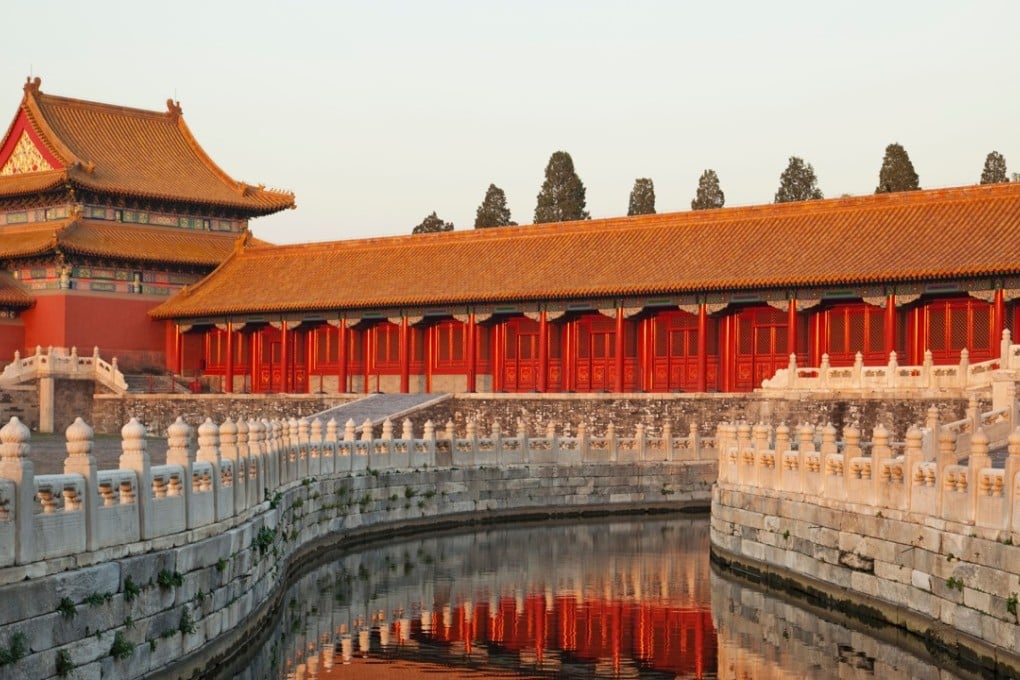Beijing’s Palace Museum plans vast underground vault to hold treasures from Forbidden City
Temperature-controlled facility should ensure better protection for over a million artefacts and free up more space for exhibitions above ground

The Palace Museum in Beijing’s Forbidden City is undergoing a major expansion of its underground warehouse to improve storage for its collection of priceless artefacts.
The museum, which has over 1.8 million cultural relics, hopes to expand its underground storage areas by 40 per cent when the new facilities open at the end of 2020.
The new warehouse will cover more than 29,000 square metres (312,150 square feet) and will allow the museum to store more than 1.1 million artefacts underground, it said in a statement.
The project will also allow the museum to vary the temperature and humidity in different parts of the storage facility to ensure objects are kept in the most appropriate conditions.
Shan Jixiang, the museum’s head, told Beijing Youth Daily that the existing warehouses – one built in the Eighties and the second in the Nineties – had a uniform temperature and humidity because of the technical limitations builders faced at the time.
